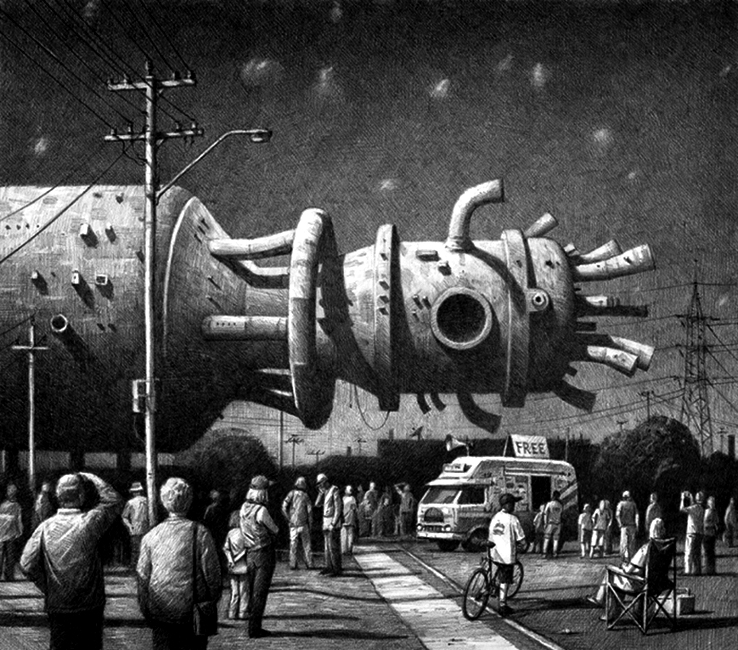
“It seems, in fact, that the more advanced a society is, the greater will be its interest in ruined things, for it will see in them a redemptively sobering reminder of the fragility of its own achievements. Ruins pose a direct challenge to our concern with power and rank, with bustle and fame. They puncture the inflated folly of our exhaustive and frenetic pursuit of wealth.” – Alain de Botton, The Pleasures and Sorrows of Work
This year, through the lens of the ruin, Unit 18 will continue to explore the impact that our ever-growing thirst for the new has on the built environment. Ruins are often described as remnants of human achievement, and we ask: is this still the case, or is there an opportunity to repurpose or reconfigure these discarded memorials of our mechanized age?
In 1747, Giovanni Battista Piranesi began producing plates for his most famous works, Vedute di Roma (Views of Rome). Manipulating scale and often envisaging something that wasn’t there, he created reproductions of real and fictional Roman ruins that acted as a metaphor for the imperfection and transience of human existence. 100 years later, Joseph Gandy, dubbed the ‘English Piranesi’ created A Bird’s-eye view of the Bank of England that was both seen as under construction and in ruin, a Piranesian ruinscape that blurred the boundaries between past, present and future and the temporal nature of architecture.
Both offered a romantic, if intentionally ambiguous, view of historical ruins, but what of today’s ruins? The lifecycle of buildings are now measured in decades rather than centuries, some new buildings are built yet never inhabited. For example, in less than four decades, China has transformed from a predominately agrarian society into an urban one. With this comes a growing collection of modern ruins, such as the so-called ‘ghost cities’ alongside a growing collection of rustbelt cities in the Chinese hinterlands.
With the concrete still curing and barely 100 years old, the Hoover Dam, a once great symbol of American industry is on it’s way to becoming an emblematic monument to climate change. Rising temperatures, a shrinking water table and an increasing population with a demand for water, means the dam’s obsolescence is a forgone conclusion, yet, the structure itself is expected to last for more than 10,000 years.
The decaying remnants of obsolete industries and infrastructures, whether it be dams, coalmines, factories, shipyards, power plants, shopping malls or even whole cities like Detroit, lie scattered across the world, collecting dust. These skeletons of incomplete buildings, both old and new, litter our skylines like an architectural form of memento-mori, proving that no structure is permanent or impervious to the changing desires of a society in constant flux.
Future and ruin are intrinsically linked concepts, especially in the age of our growing planetary crisis. To speculate on the future requires one to anticipate ruination, whilst ruins themselves are symbols of an abandoned future. They are never truly dead, yet never really alive, precariously treading the border between life and death.
We want you to reveal and explore both a ruins past and its possible future. Could these lost totems of technology, greed and climate change become something more, an architecture of wonder and delight? You will peel away the layers of dust, mud and detritus to reveal its past (or future) glories and the memories it once held, like an architectural palimpsest, your architecture will be a new ‘layer’ for a new future.
How long will it be before we are playing on the vast rooftops of abandoned Amazon fulfillment centres or living across Tesla Giga-Factories? Will we even know what lies beneath our feet? Unit 18 would like to find out!